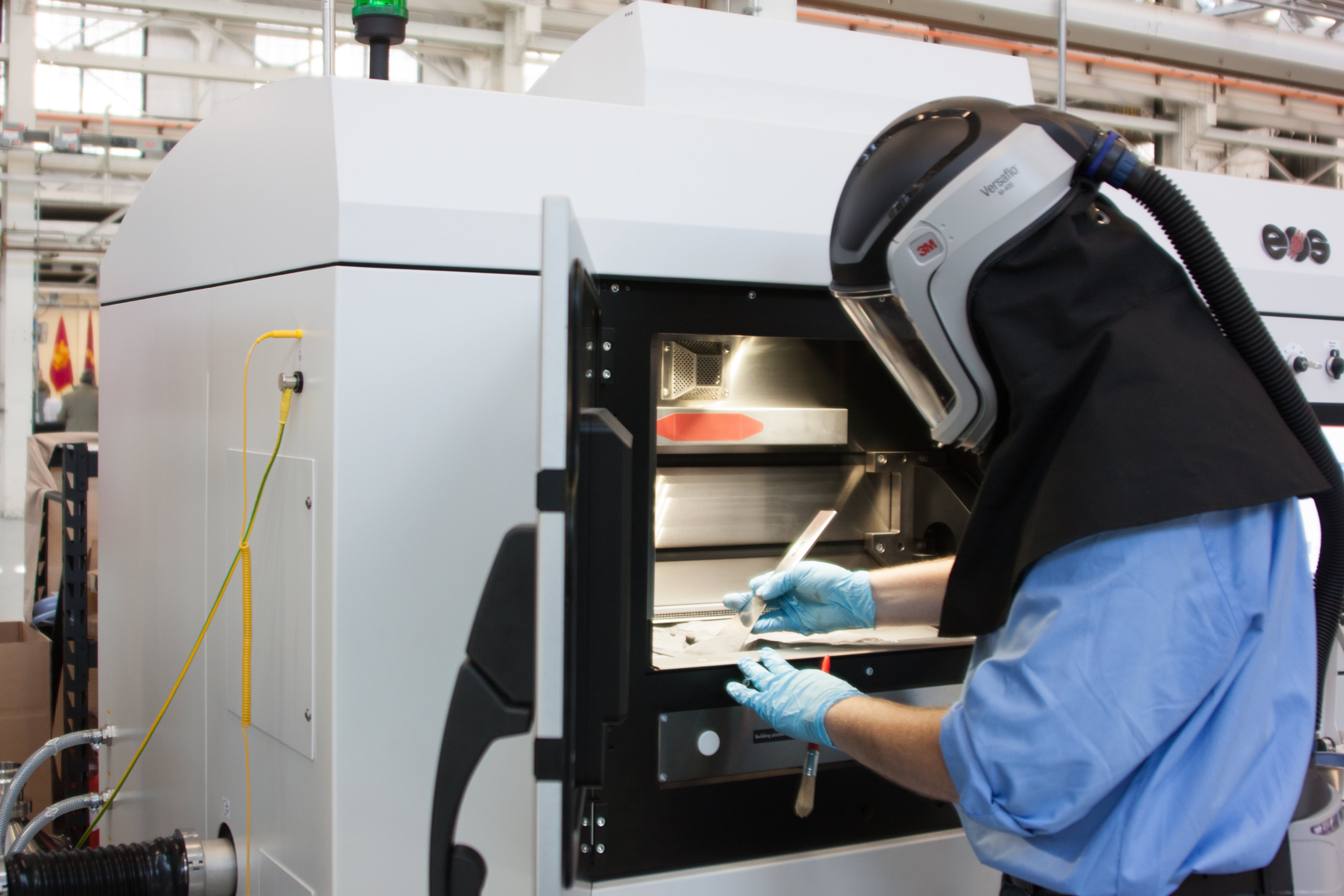An emerging technology, wide-area motion imagery, is enabling the maturation of regional persistent surveillance, a tactical tool that brings close-up detail to drive pinpoint actions, while simultaneously offering the big picture view that encompasses a complex situation in its entirety.
On the cusp: The emergence of wide-area motion imagery is changing the game for regional persistent surveillance, with implications for military and civilian government alike. Download our free whitepaper for the latest.
The military has made the most use of regional persistent technology, but civilian agencies are also interested. However, the size and cost of military solutions often prohibits them from civilian use, especially in state or local governments.
The Iowa Department of Public Safety for instance has had some success with fixed-wing observation, but Director of Investigative Operations Jim Saunders thinks things could be better. "We have had instances where we have put in tactical teams for search and rescue, where we would like to have a better sense of the topography," he said. "Technology that would provide that kind of information would be invaluable."
The Air Force's Gorgon Stare system could meet the department's needs. It is a sensor system that constantly watches potential terrorists, sending images to users in near-realtime. However, the size and cost of the system makes it unattainable for a small department.








